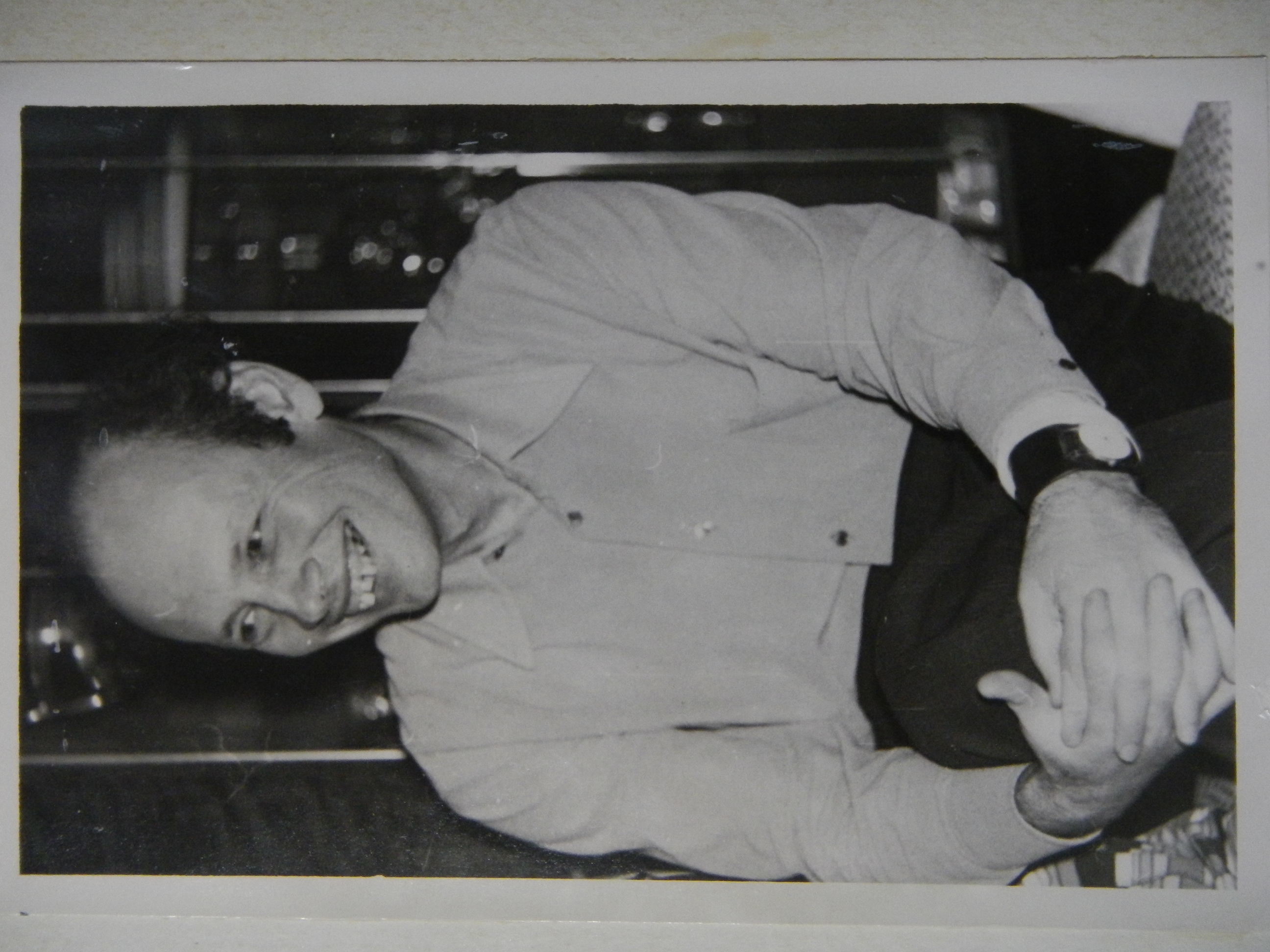The Rate Constant - Reaction Free Energy Dependence for the Electron Transfer Reactions in Solutions. The Way to Interpret the Experimental Data Correctly

Published 2023-02-08
Keywords
- Reorganization energy,
- Medium reorganization,
- Intra-molecular reorganization,
- Rate maximum
How to Cite
Copyright (c) 2023 Lev I. Krishtalik

This work is licensed under a Creative Commons Attribution 4.0 International License.
Abstract
The relative influences of the reorganization energies of the classical and quantum modes on the maximum position of the rate constant – reaction free energy curve have been studied. In the framework of the continuum electrostatics, the electron transfer reorganization energies in methyltetrahydrofurane solutions for the system biphenylyl – spacer – acceptor were calculated. For different acceptors the solvent reorganization energy varies from 1.0 to 1.1 eV. When added with the rather small reorganization energies for classical intra-molecular modes we obtain 1.13 - 1.34 eV. With account of possible errors this coincides practically with the experimental estimate of the energy at the maximum of the rate–free energy curve DGmax ? -1.2 eV. Hence, we can conclude that the reorganization of quantum modes does not influence substantially the position of this maximum. To the contrary, in a non-polar solvent isooctane were the solvent reorganization does not play any role the reorganization of the quantum intra-reactants modes becomes determinant. These conclusions agree fully with the results of the general theoretical analysis and should be accounted for in the experimental data interpretation.
References
- RA Marcus(1956) On the theory of oxidation-reduction reactions involving electron transfer. I. J Chem Phys 24 966–978
- VG Levich, RR Dogonadze (1959) Theory of the emissionless electron transitions between ions in solutions. Dokl Akad Nauk SSSR 124 123–126
- R.R.Dogonadze, A.M.Kuznetsov, M.A. Vorotyntsev (1972) On the theory of nonradiative transitions in polar media. I. Processes without mixing of the quantum and classical degrees of freedom, Physica Status Sol.(b), 54 125-134
- J.Jortner (1976) Temperature dependent activation energy for electron transfer between biological molecules. J Chem Phys 64:4860–4867
- J. R. Miller, L. T. Calcaterra, G. L. Closs (1984) Intramolecular Long-Distance Electron Transfer in Radical Anions. The Effects of Free Energy and Solvent on the Reaction Rates' J. Am. Chem. Soc., 106: 3047-3049
- Gunner MR, Dutton PL (1989) Temperature and –ΔG⁰ dependence of the electron transfer from BPh•– to QA in reaction center protein from Rhodobacter sphaeroides with different quinones as QA. J Am Chem Soc. 111:3400–3412
- T.Asahi, M. Ohkohchi, R. Matsusaka, N. Mataga, R.P. Zhang, A. Osuka, K. Maruyama (1993) Intramolecular Photoinduced Charge Separation and Charge Recombination of the Product Ion Pair States of a Series of Fixed-Distance Dyads of Porphyrins and Quinones: Energy Gap and Temperature Dependences of the Rate Constants J. Am. Chem. Soc. 115: 5665-5614
- J. M. Ortega, P. Mathis, J. C. Williams,| and J. P. Allen (1996) Temperature Dependence of the Reorganization Energy for Charge Recombination in the Reaction Center from Rhodobacter sphaeroides Biochemistry, 35: 3354-3361
- R. Schmid, A. Labahn (2000) Temperature and Free Energy Dependence of the Direct Charge Recombination Rate from the Secondary Quinone in Bacterial Reaction Centers from Rhodobacter sphaeroides J. Phys. Chem. B, 104: 2928-2936
- L I. Krishtalik. (2016) Fundamentals of Electron Transfer in Proteins, pp. 73-97, Chapt. 5, in Cytochrome Complexes: Evolution, Structures, Energy Transduction, and Signaling, eds. W. A. Cramer and T. Kallas, volume 41, 734 pp., in the series "Advances in Photosynthesis and Respiration" Eds. Govindjee and T. Sharkey (Springer, Dordrecht).
- A.Nicholls, B. Honig (1991) A rapid finite difference algorithm, utilizing successive over-relaxation to solve the Poisson-Boltzmann equation. J Comput Chem 12:435–445
- D. Sitkoff, K.A. Sharp, B. Honig (1994) Accurate calculation of hydration free energies using macroscopic solvent models. J Phys Chem 98:1978–1988
- Lange's Handbook of Chemistry, 15th ed.; Dean, J. A., Ed.; McGraw-Hill: New York, 1999; Chapter 5.6
- G. L. Gloss, L. T. Calcaterra, N . J. Green, K. W. Penfield, J. R. Miller (1986) Distance, Stereoelectronic Effects, and the Marcus Inverted Region in Intramolecular Electron Transfer in Organic Radical Anions. J. Phys. Chem., 90, 3673-3683
- Closs G. L., Miller J. R. (1988) Intramolecular Long-Distance Electron Transfer in Organic Molecules, Science. 240; 440-447
- M. D. Johnson, J. R. Miller, N. S. Green, G. L. Closs (1989) Distance Dependence of Intramolecular Hole and Electron Transfer in Organic Radical Ions, The Journal of Physical Chemistry, 93, 1173 – 1176
- N. Liang, J. R. Miller, G. L. Closs (1990) Temperature-independent long-range electron transfer reactions in the Marcus inverted region J. Am. Chem. Soc., 112; 5353–5354
- J. R. Miller, B. P. Paulson, R. Bal, G. L. Closs (1995) Torsional Low-Frequency Reorganization Energy of Biphenyl Anion in Electron Transfer Reactions J. Phys. Chem., 99; 6923-6925
- B. P. Paulson, L. A. Curtiss, B. Bal, G. L. Closs, J. R. Miller (1996) Investigation of Through-Bond Coupling Dependence on Spacer Structure J. Am. Chem. Soc., 118; 378-387
- A. M. Kuznetsov (1986) A quantum mechanical theory of the proton and electron transfer in weakly polar solvents J. Eiectroanal. Chem., 204; 97-109
- Kirin.D. (1988) Torsional Frequency of the Biphenyl Molecule. J. Phys. Chem., 92, 3691- 3692
- Jortner J (1980) Dynamics of electron transfer in bacterial photosynthesis.
- Biochim Biophys Acta 594:193–230
- Borrelli R., Domcke W. (2010) First-principles study of photoinduced electron-transfer dynamics in a Mg–porphyrin–quinone complex. Chemical Physics Letters 498; 230–234
- Fischer S. F., Van Duyne R. P. (1977) On the theory of electron transfer reactions. The naphtalene/ TCNQ system. Chemical Physics 26: 9-16
- Ulstrup J., Jortner J (1975);The effect of intramolecular quantum modes on free energy relationships for electron transfer reactions: J. Chemical Physics 63, 4358 - 4368




